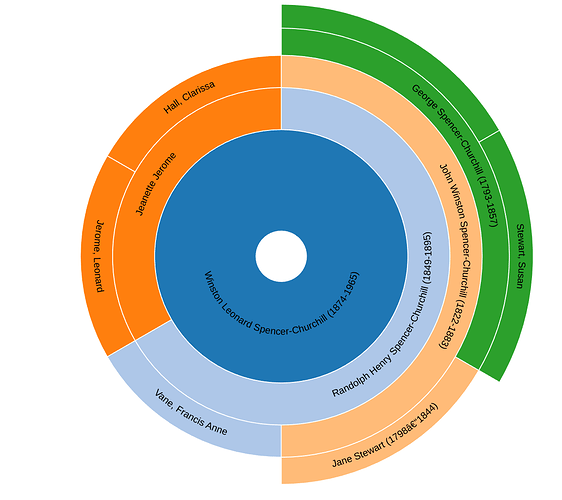Folks,
I want to put “out there” a Request For Comments on developing a shared approach to Form handling in TiddlyWiki. I am not so much looking to make a plugin or solution but to explore the methods to come up with a solution we can all share.
One reason I raise this now, is because of new features in recent versions of TiddlyWiki that have provided new opportunities for form handling such as the cascade mechanism and the ability to edit the current tiddler. A Shared solution will enable the easy sharing of forms designed in the community.
What is a form?
For the purpose of this discussion;
- A form is used to specify a layout that incorporates various information and fields available in a given tiddler beyond the standard fields. Forms can replace just the rendering of the text field or elements on the whole tiddler such as title, toolbars, subtitle etc…
- We could have a form, or pair of forms that can operate in different modes such as the existing view and edit modes or in different modes within the tiddler view.
- Forms can be automatic or customised to a include additional information and elements.
Examples;
- Contact form - accepting various details about people, their contact details and relationships to other details.
- Project tiddler - allowing various project details to be recorded and/or accessing related project tasks.
Forms in Tiddlywiki
- TiddlyWiki forms can be templates we transclude “over” the current tiddler
{{||formtiddler}}in a view Template or similar such as via the body template. - Whilst forms should not be confused with templates used to define a new tiddler, they can also work like a template, for example by providing first-name and surname fields to a “contact tiddler”, will result in contact tiddlers “gaining” these fields with use.
- Forms may be used in different modes such as view/Update/Edit depending on the users access to the Wiki these modes can be handled in different ways;
- Provide a different form for each mode
- Have each field respond to a change in mode
- Modes can apply globally or overridden locally on a given tiddler.
- Would can build a “form design tool” for TiddlyWiki to make “form handling” easier to use.
Questions
- Have you considered the use of forms in tiddlywiki?
- Have you a prefered plugin or method to implement forms?
- Form handling implies field handling, providing different ways to view or edit a fields contents. How best can we support different field types in forms?
- What are your thoughts?
- What would you like in a form handling solution?




